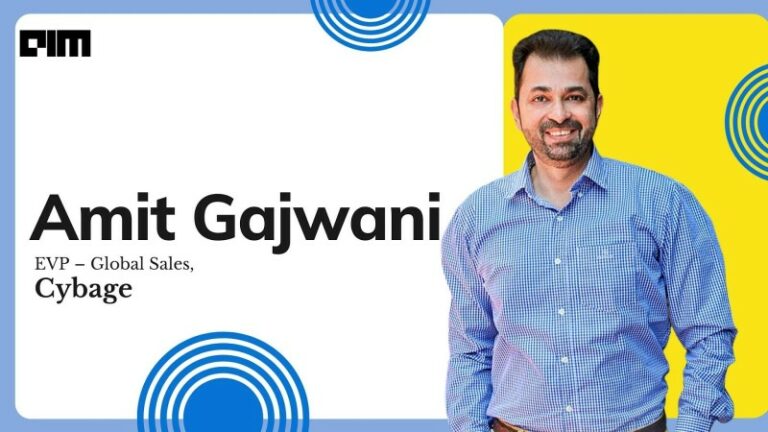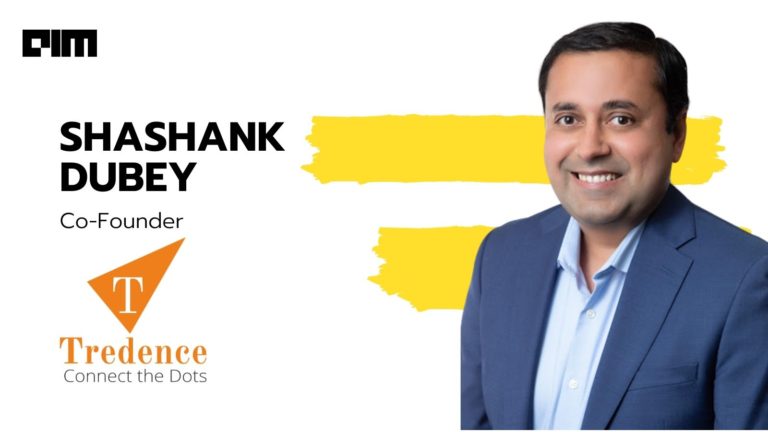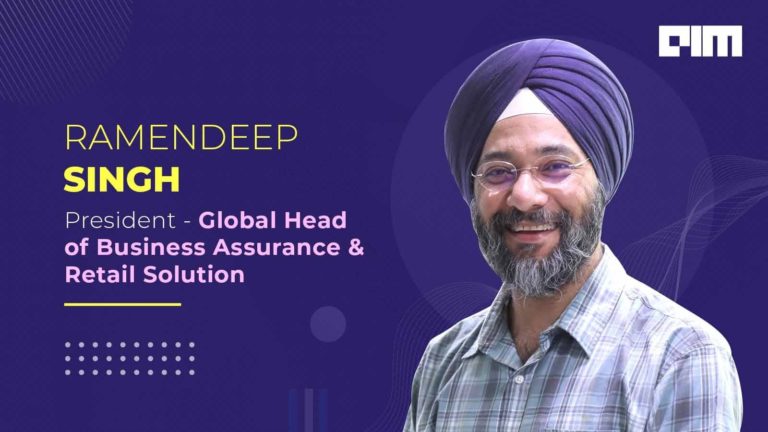Year 2013 and 2014 marked the rise of Big Data tools, Advanced Analytics and Hadoop as a framework. In 2015, Organizations started making great strides for becoming insight driven and embedding analytics into their operations. They started implementing tools and techniques to leverage the value from their existing data and from new streaming data sources. Also, initiatives to make machine data and Internet of Things (IoT) a strategic asset was mainstream. However, year 2015 also saw many failures in the implementations. At the onset of 2016, when we plan to make business analytics and machine learning mainstream in our Organizations, precautions to minimize risk of failures are necessary. Learning for past failures and taking baby steps, instead of a big leap would be beneficial.
According to Gartner, more than half of all analytics projects fail because they aren’t completed within budget or on schedule, or because they fail to deliver the features and benefits that are optimistically agreed on at their outset. This leads to few questions about the implementation strategy followed. Are the analytics initiatives tied up to the business needs, metrics or KPI’s? Is sufficient data available for deriving insights out of it? Is the approach correct?
It is essential to tie the business metrics or KPI’s to analytics projects for measuring the ROI of an analytics initiative. Good data and data availability is essential for planning and executing data driven strategies. Sometime back, I have seen a multimillion analytics implementation being scraped out because it failed to deliver the results as per Stakeholders expectations. The analytics team in that Organization wrongly created beautiful reports and dashboards for a six word objective- “Predict when the IT network will fail”.
Edwards Deming, statistician – “In God we trust. All others must bring data.”
The team when started the project used their domain experience and inputs of the business experts to reduce the number of machine and sensor related attributes. With that reduced attribute sets; they created various graphs which were later embedded into a Dashboard. However, that was not the actual goal of the project. The team got swayed away. After stakeholder’s dissatisfaction, the team tried to create a predictive model out of the attributes used in the Dashboard, but the model failed to performas per the required basic minimum expectation.
To use data as a strategic asset and establish data driven decision making, every business analytics implementation should be started up by creating a basic model. The required attributes are to be selected based on the statistical model’s result. It has to be given priority over the experience of the business experts. Let model decide what it wants out of the available data first. Expert’s inputs follows next. The same methodology is followed in the data science competitions, where competitors work on anonymous data sets with very little background on the data.
As an illustration, let’s take an example where our objective is to predict employee attrition. We start by creating a basic classification model and based on the attribute importance, the model returned “Distance from Office” as an important attribute for the model to predict attrition. However, the HR business expert suggests “Distance from Office” as not a important attribute for them. If a model is created as per HR expert’s advice, then the performance would fall back. There is chance for a higher variance between predicted and actual attrition. The attribute “Distance from Office” has higher weight than other attributes for model to return accurate results. The suggestions from domain experts are also equally important; to be considered only after the statistical important attributes are established.
Typical business analytics implementations have one line objectives but that involves many tasks which require many teams to contribute. There may be data extraction, data engineering, creation of data warehouse or data lakes, statistical modeling and visualizations. This not only requires co-ordination between different teams but also division of sequential and parallel tasks to be accomplished by different teams. It is beneficial to start a project from small like a proof-of-concept(POC) and then scale gradually. Also, agile project methodology is suitable for a large scale analytics implementation which involves myriad of tasks to be accomplished.
Below is a brief 10 point checklist to operationalize business analytic for action:
- Decide on business objective or Goal to accomplish through Analytics implementation
- Pick the right and relevant business metrics
- Look for available data
- Improve data quality for poor data
- Ask the right questions to the data
- Extract and explore the data
- Prepare basic models as per the objective function
- Select important attributes based on the statistical model followed by Business Expert’s suggestions
- Fine tune the models and select or Ensemble best model as per the performance measures
- Deploy the model and monitor performance for improvement
“Data are becoming the new raw material of business.” , Craig Mundie, Senior Advisor to the CEO at Microsoft. However, the road map to derive value out of data and achieve finished product is left up to us.



















































































